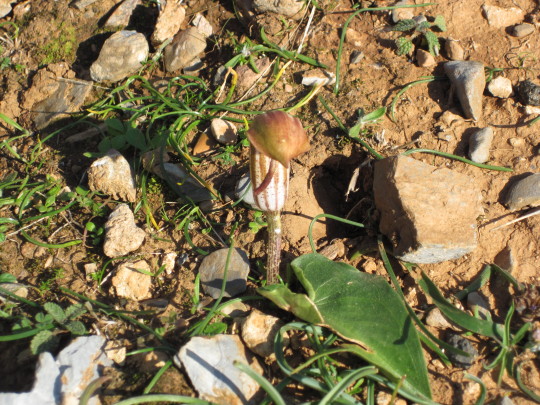#arisarum
Text

Mouse tail plant (Arisarum proboscideum).
April 2023.
20 notes
·
View notes
Text
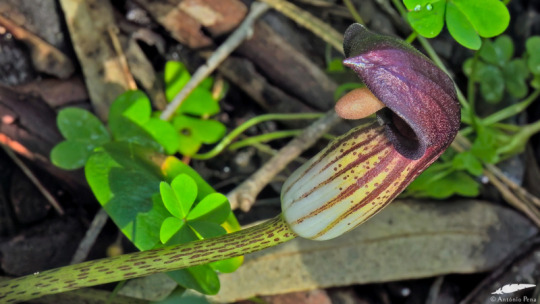
Friar's cal - Candeias (Arisarum simorrhinum)
Cruz Quebrada/Portugal (10/02/2024)
[Nikon Coolpix P900; 135mm; 1/80s; F6,3; 100 ISO]
9 notes
·
View notes
Text


A - Arisarum vulgare O.Targ.Tozz. - Arisaro comune (Araceae)
20 notes
·
View notes
Text
#1960 - Arum italicum - Italian Arum

AKA Italian Lords-and-Ladies, Arisarum italicum, and Late Cuckoo-pint. Native to the Med, and naturalized in Great Britain, the Netherlands, Crimea, Caucasus, Canary Islands, Madeira, Azores, Argentina, and scattered locations in America, and a weed in SE Australia and Tasmania. A very common roadside plant in New Zealand, despite all that.
Photo by @purrdence at Napier, NZ.
Ignore the big green strap-like leaves above - the actual leaves are the dark green ones with pale veins. The flowers are very typical Arums - an inflorescence called a spadix, protected by a leaf-like hood, although the actual flowers are hidden down in the depths of the hood.

These plants are one of the species that can generate their own heat - if enclosed, the spadix can reach over 51° Centigrade - over 35°C more than the surrounding air. They manage this by rapid consumption of starch in cyanide insensitive respiration - biochemically different from the respiration normally found in plants. The heat vaporizes odour components - usually foul smelling - and attract gnats and other small flies that become trapped in the lower half of the bloom, by a ring of hairs halfway down the spadix. Below that is the ring of male flowers, and below that a ring of female flowers. The insects will quite possibly die before the hairs wither to release them, but they’ll have done the job the plant wanted them for.
4 notes
·
View notes
Text
The first flowers of the season
Wild iris and Friars cowl (Arisarum vulgare)
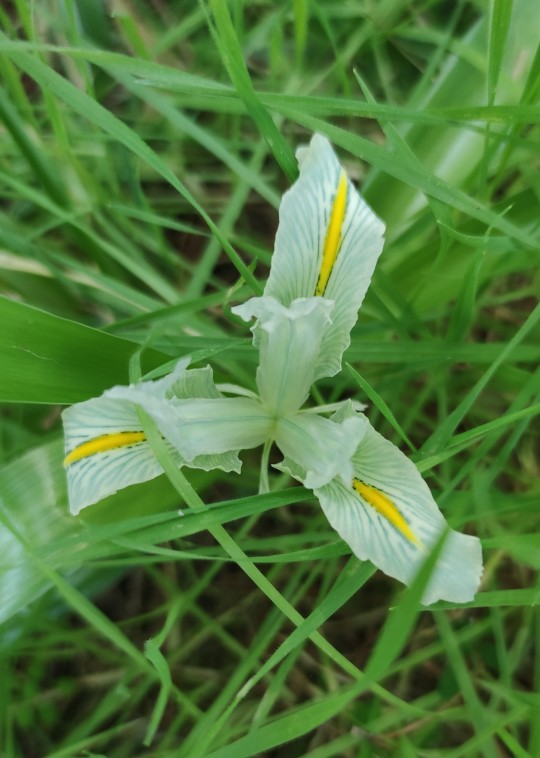
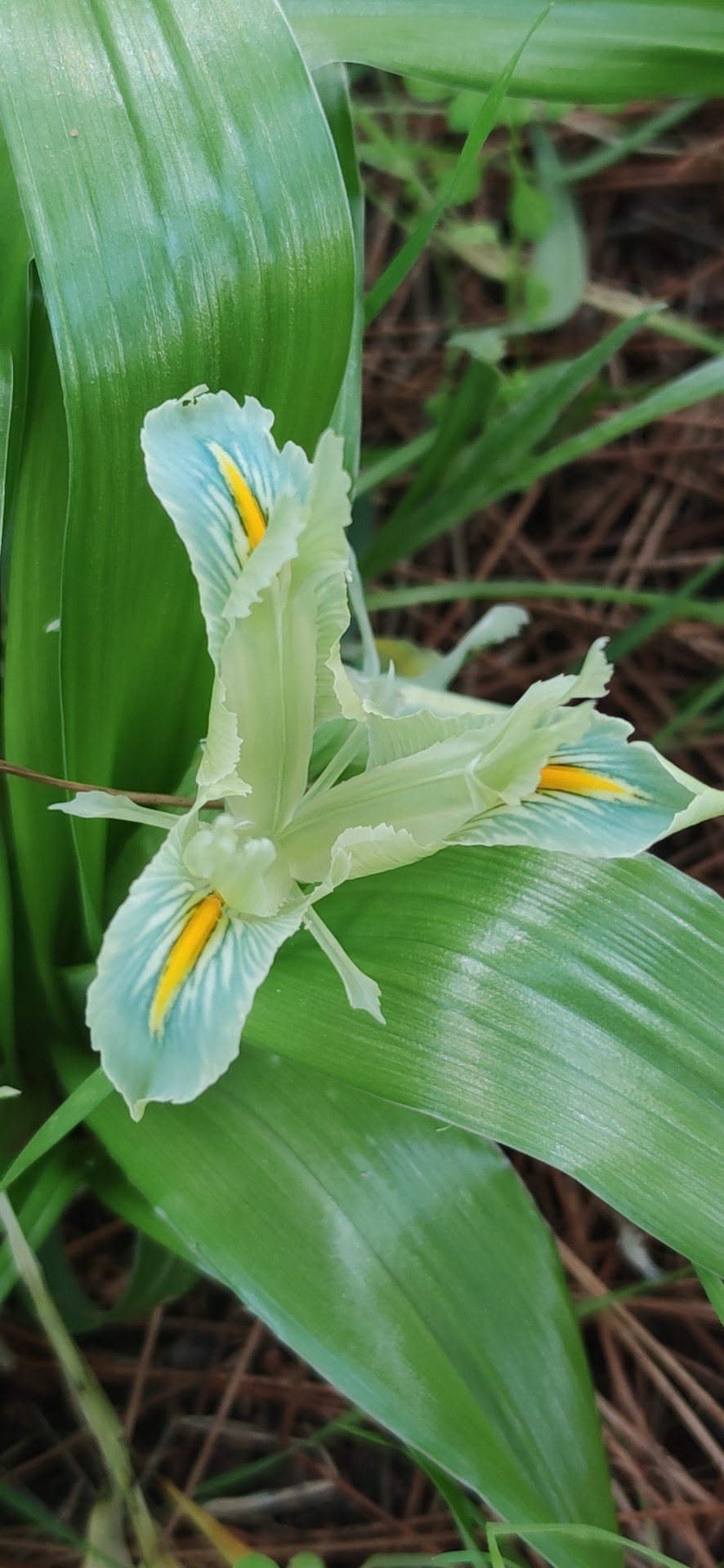

2 notes
·
View notes
Text
Quelles plantes sauvages cueillir en février ?
Dans cet article ” Quelles plantes sauvages cueillir en février ? ” vous allez découvrir les plantes que nous pouvons rencontrer pendant le mois de février. la présence des plantes dépend de votre région. Ici nous sommes à Orléans, sur les pistes de la Loire à vélo, sur le sentier du bois de l’île.
Les plantes toxiques
L’arisarum ARISARUM VULGARE
L’arisarum et non l’arum comme prononcé dans…

View On WordPress
0 notes
Text
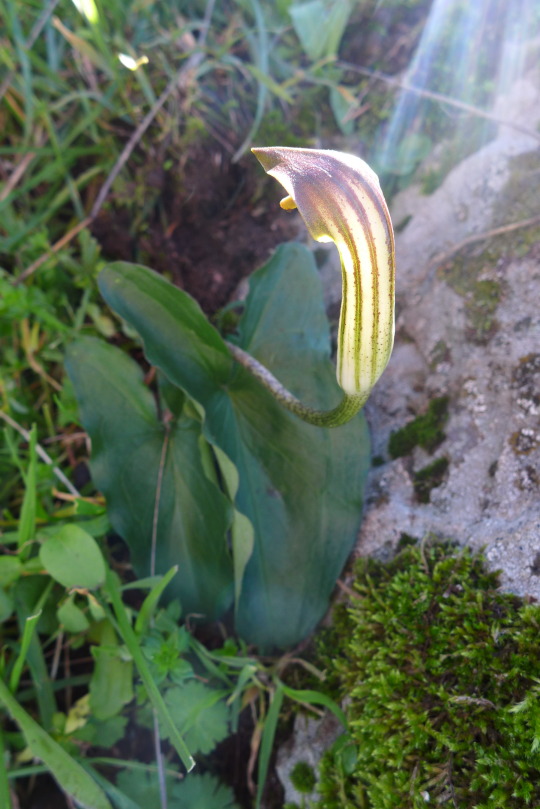

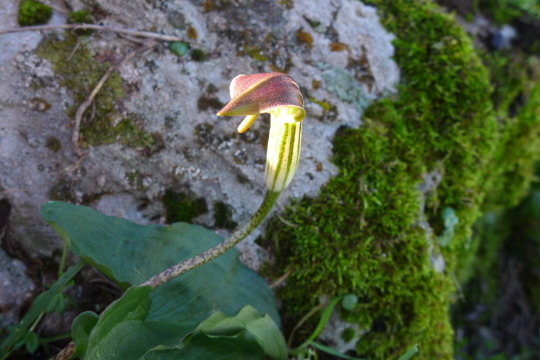
Flowers in the November Sun
Arisarum vulgare
@Monte Santo, Sardegna
0 notes
Photo
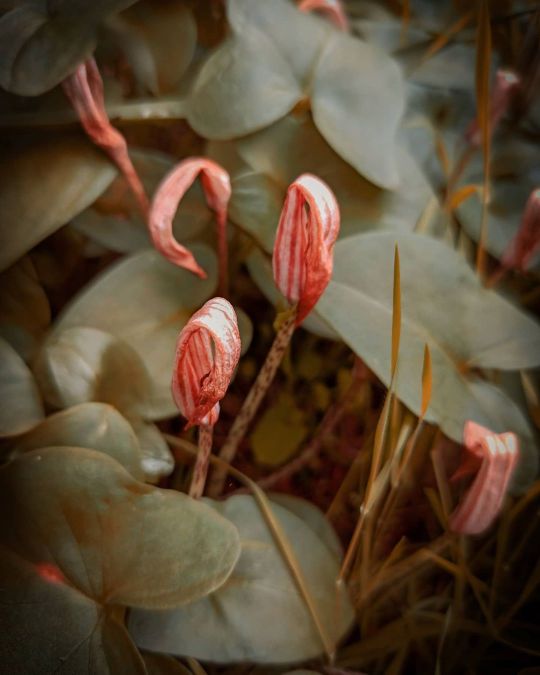
This is Arisarum vulgare, common name the friar's cowl or larus. See my books on Amazon here: bit.ly/elefteria and keep reading about the plant! The plant contains calcium oxylate crystals. The root can be cooked. The (quite toxic) juice should first be removed by thorough washing. Drying and/or cooking makes the root safe to eat. It is a survival food. When dried, it can be turned into flour. Arisarum vulgare reaches on average 10–30 centimetres (3.9–11.8 in) of height. The leaves of this geophyte plant are basal only, wide, ovate to arrow-shaped, with a petiole 12–15 centimetres (4.7–5.9 in) long. The stems are erect and unbranched, usually mottled and grow directly from the underground rhizome. A single leaflike bract (spathe) forms a purplish-brown or olive green striped tube about 5 inches long, with an open upper part helmet or hood-shaped curved forward. It encloses a fleshy greenish clublike spike (spadix) bent forward, protruding from the tube and bearing at the bottom minute purple violet flowers. Member of Araceae family. Photo taken by me, all rights reserved. Source texts: Wikipedia and pfaf #arisarum #ariusarumvulgare #friarscowl #larus #poisonousplants #myherbalstudies #botanist #herbaleducation #wildfoodlove #wildfood #botany #greekflora #greekfood #wildherbs #foragingforfood #plantallies #herbalistsofinstagram #herbalremedies #survivalskills (at Τουρκοβούνια (Tourkovounia)) https://www.instagram.com/p/CKyDlPKl_nD/?igshid=4bo5w59cnmim
#arisarum#ariusarumvulgare#friarscowl#larus#poisonousplants#myherbalstudies#botanist#herbaleducation#wildfoodlove#wildfood#botany#greekflora#greekfood#wildherbs#foragingforfood#plantallies#herbalistsofinstagram#herbalremedies#survivalskills
0 notes
Photo
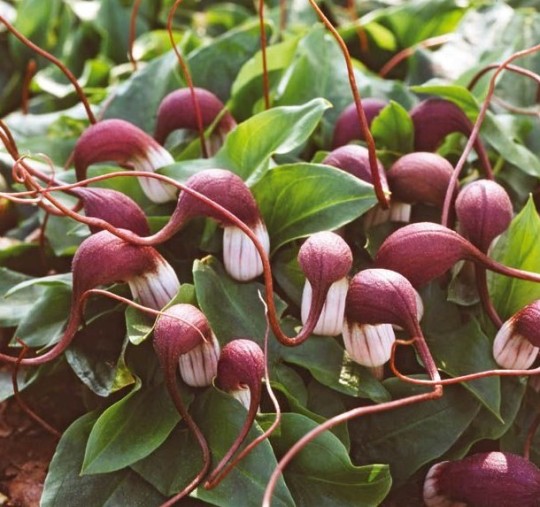
Arisarum proboscideum
It’s called Mouse Plant or Mouse Tail Plant, but to me it looks more like little birbs.
(via)
#Arisarum proboscideum#Arisarum#Mouse Plant#Mouse Tail Plant#arum#flowers#animal plants#magenta#mauve#tendrils#birbs
15 notes
·
View notes
Photo
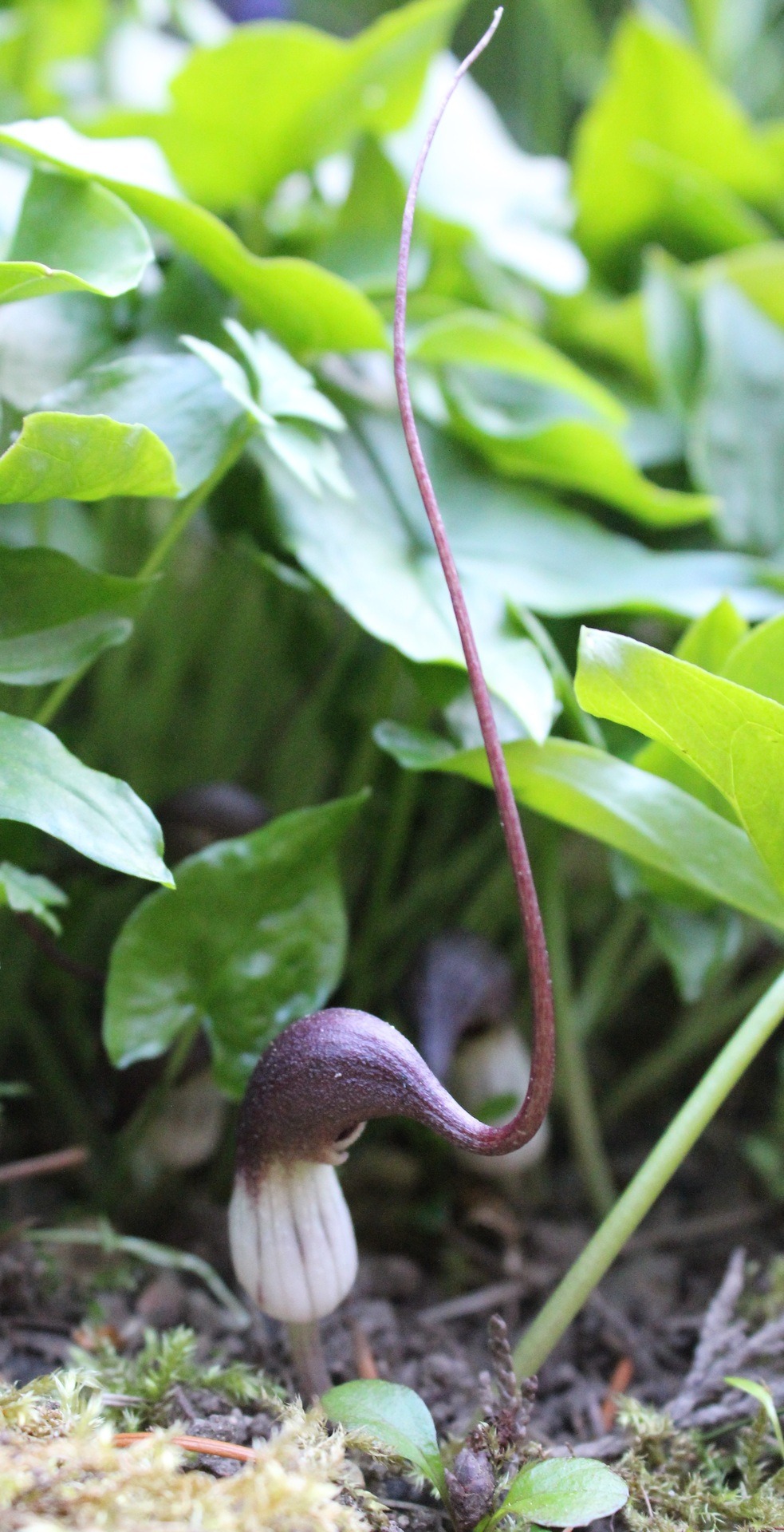
Arisarum proboscideum (Mouse Tail Plant)
One of the more unusual flowers in my garden.
#flowers#photographers on tumblr#mouse plant#fleurs#my garden#fiori#flores#blumen#arisarum proboscideum
55 notes
·
View notes
Photo
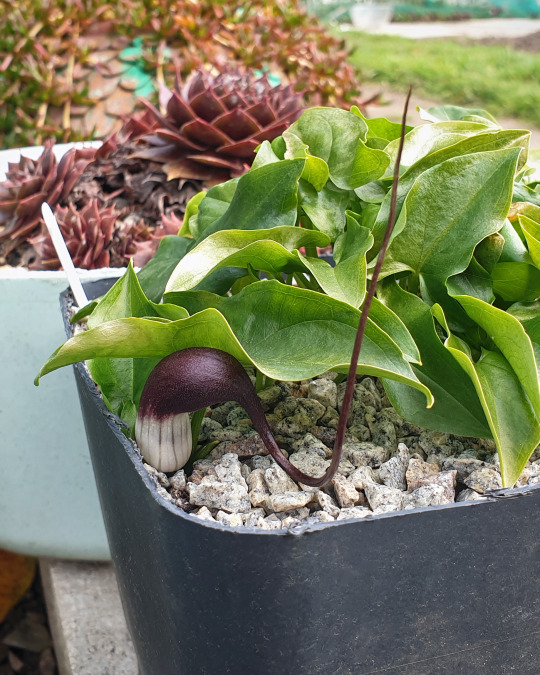
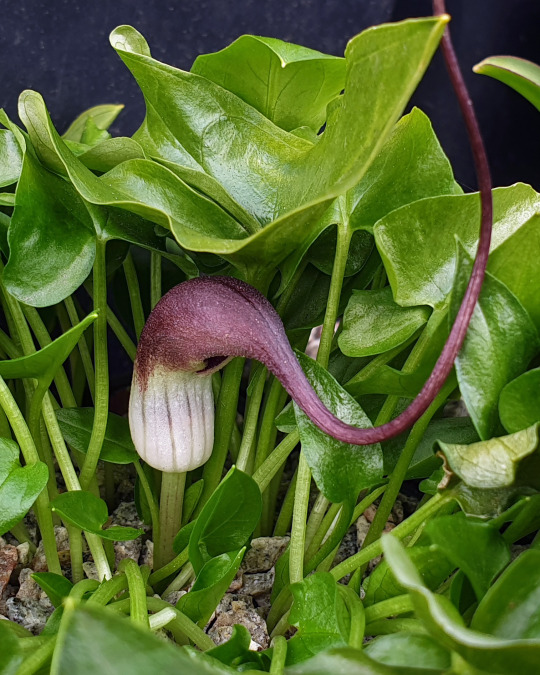
Arisarum proboscideum.
March 2021.
31 notes
·
View notes
Text

Friar's Cal - Candeias (Arisarum vulgare)
Cascais/Portugal (21/11/2023)
[Nikon D850; AF 105mm Micro-Nikkor F2,8 with Circular Flash Nissin MF 18; 1/250s; F14; 400 ISO]
16 notes
·
View notes
Photo
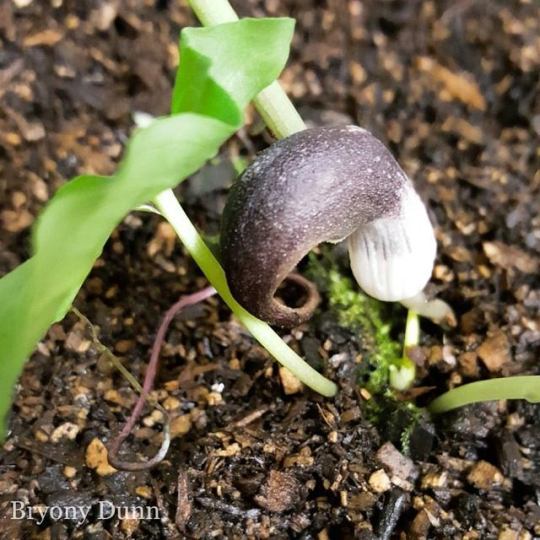
Mouse Tail Plant (Arisarum proboscideum) #mousetailplant #mouseplant #arum #arisarum #arisarumproboscideum #flower #flowers #purpleflowers #nature #plants #garden #natureisbeautiful #flowerphotography #plantphotography #gardenphotography #naturephotography
#arisarum#flowers#naturephotography#plants#flower#arum#mouseplant#arisarumproboscideum#nature#plantphotography#gardenphotography#garden#purpleflowers#mousetailplant#natureisbeautiful#flowerphotography
0 notes
Text
14 au 20 décembre 2020
Monday I worked in the Med garden, then did a bit of strimming and finished the day harvesting kumquats for Sarah-Jane to make marmalade. Tuesday, it had rained over night, Michele and Karim decided it was a perfect day to clean the atelier.
I helped them a bit, and I also worked with Kevin and Sébastien (they’ve been friends since they were kids) weeding around the lavender along the terrace walls (les restanques). There is a lot of clay in the soil here. I’ve never worked in clay before because both Kew and Chelsea had very free-draining soil. Clay is much colder, and very slippery. Sébastien and I took a lot of cuttings of the lavender and put these in sand. I’m comparing how these do in pure sand to how the ones in half potting soil and half perlite (I took a few weeks ago) start rooting.

Wednesday Sébastien and I continued weeding the lavender beds along les restanque; it was a grey, damp day. We finally finished clearing the rows of lavender of weeds on Friday morning.
Thursday afternoon we took a break from the lavender beds and finished taking out the dead parts of an old Punica granatum at the bottom of the property. M. wanted it completely removed, Mme. prefers to keep things if there is a chance they might come back (much like Elizabeth in London). So I suggested we see if the young growth comes back vigorously over the next year or two... We shall see. This was also my first opportunity to learn how to use a chainsaw (une tronçonneuse). We found ants had nested in the dead trunks, so we left the rest for them.
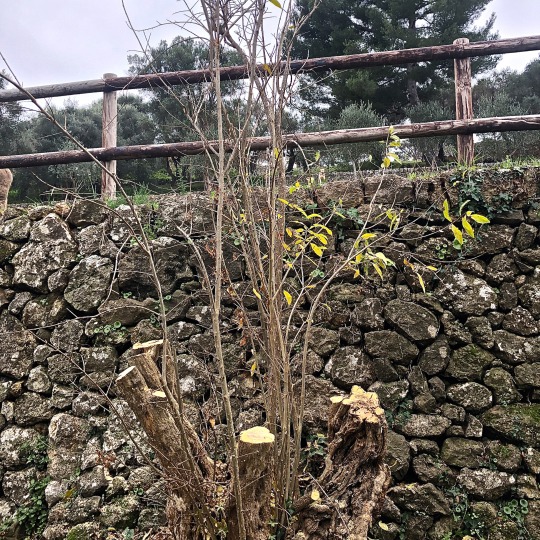
This week I was tasked with overseeing the construction of the new part of the garden. I get to try to keep big, burly French landscapers in check. It turns out I know someone who works for this company, Florian. He attended London College of Garden Design with me in 2012/13. Friday afternoon I oversaw the planting of three Prunus mahaleb, key focal points around a new patio area.

I drove Sarah Jane to Nice Côte d'Azur Airport Friday night. I took surface streets which go along the coast. It was fast, only about ten kilometres, little traffic and it avoided the toll route, the A8. It is very quiet without her here. She’s in London visiting family and friends for a month.
I have been in Antibes one month! To commemorate this life-changing move, I’ve decided I need to make a huge effort to learn French. To encourage me to learn something new everyday, I’ll be posting ten new words a week, words that have come up during the week.
Cours de français hebdomadaire
aérer - to aerate [j'aère, tu aères, il aère, nous aérons, vous aérez, ils aèrent]
arroser - to water plants
bêcher - to dig (with a spade une bêche)
biner - to hoe
creuser - to dig (a hole un trou)
désherber - to weed
déterrer - to unearth, to dig
planter - to plant
pousser - to sprout, to germinate, to push
semer - to sow
Plant of the week
Araceae Arisarum simorrhinum Durieu

common name(s) - canary friar's cowl; español : arísaro, dragontea minor, candil, candilillos; Arabic (Tunisia) : Ouden el-fil, Cebot el-ghoula, Kelb el-beqouqa, Rejel el begra; Berber : Tioughda, Tiqqenousine, Quaba, Abbouq, Taourza, Airni, Hierni, Idjened, Tikilmout
synonym(s) - Arisarum tingitanum Schott; Arisarum vulgare subsp. simorrhinum (Durieu) Maire & Weiller
conservation rating - Least Concern
native to - Algeria, Portugal, Spain, Morocco
location - l’Orangerie
leaves - sagittate, with a long petiole; no stems, the leaves arise directly from a tuber, sometimes with small purple spots
flowers - the inflorescence being usually shorter than the leaves and with a peduncle stained with purple; spadix, a rod-like structure bearing the individual flowers, is protected by a special bract (the spathe) shaped as a tube of 15mm to 30mm , wide at the bottom, with purple spotting, and curved upper part, in the shape of a helmet tilted forward
fruit - composed of multiple berries (2 to 8), greenish and not very fleshy, 5mm to 15mm by 5mm to 14mm, and 1 to 12 seeds per berry
habit - perennial, summer dormant, plant, up to 300mm in height
habitat - forest, shrubland, grassland, rocky areas (eg. inland cliffs, mountain peaks)
pests - generally pest-free
disease - generally disease-free
hardiness - to 1ºC (H2)
soil - moist and well-drained; dry in the summer during dormancy
sun - full sun to part shade
propagation - division; spread via rhizomes
pruning - none
nomenclature - Araceae - arum - a name used by Theophrastus; Arisarum - a name used by Dioscorides; simorrhinum - monkey-snouted (spathe)
NB - Though out of its range, I feel it looks more A. simorrhinum than S. vulgare. It doesn’t have the tail described for A. proboscideum.
References, bibliography:
Gledhill, David, (2008) “The Names of Plants”, fourth edition; Cambridge University Press; ISBN: 978-0-52168-553-5
IUCN [online] https://www.iucnredlist.org/species/13133497/18611160 [19 Dec 20]
Plant List, The [online] http://www.theplantlist.org/tpl1.1/record/tro-29203749 [19 June 20]
Plants of the World [online] http://plantsoftheworldonline.org/taxon/urn:lsid:ipni.org:names:85897-1 [19 Dec 20]
Rare Plants [online] http://www.rareplants.es/shop/prodtype.asp?strParents=0,6&CAT_ID=612# [19 Dec 20]
Wikipedia [online] https://en.wikipedia.org/wiki/Arisarum_simorrhinum [19 Dec 20]
This weekend it rained incessantly. I worked on Arabella’s database and I wrote my Christmas letter, which will be emailed this year because I haven’t had time to find a printer in town.
Saturday night I enjoyed a Zoom Christmas with relatives in California, Illinois and Wisconsin. It was really nice to see and chat with them. Sunday I continued working on Arabella’s database. I received my numéro fiscal Sunday morning, so finally things are moving along. It finally stopped raining around 17.00.
It was announced Sunday evening that all flights between the UK and much of western Europe will be cancelled from midnight tonight. A strain of CoVid-19 that is 70% more infectious has been identified in London and the south east of England. This may scupper my New Year’s Eve plans with Denis and André who are supposed to be returning to Antibes from London after Christmas.
SARS-CoVid-2 update (active cases only)

0 notes
Photo
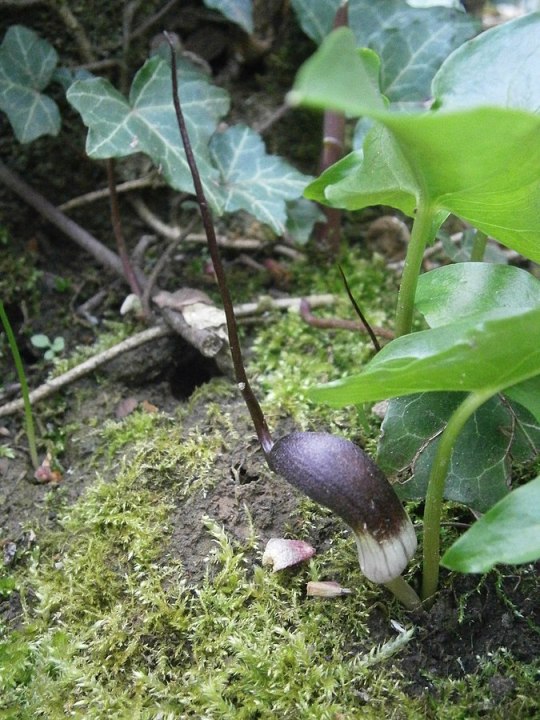
Arisarum proboscideum
0 notes
